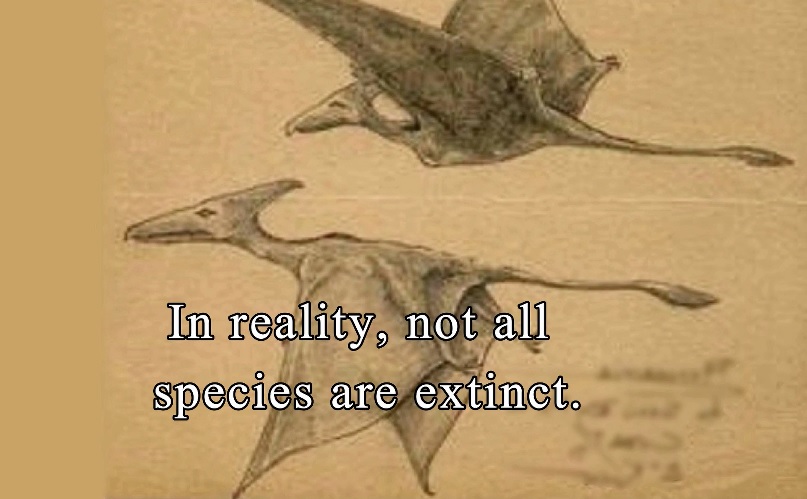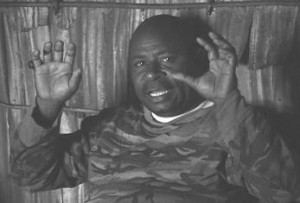By Jonathan Whitcomb
Why are some skeptics so insistent that somebody must force them to believe in non-extinct pterosaurs before they will believe? The following is part of a comment made under a Youtube video on my channel Protect Animal Life, and it’s from a young man who used to live in Florida:
Several years after moving to a northern state (during a family get-together) I met a man, and we engaged in conversation. One of the topics included outdoor activities, of which I related my frequent encounters with alligators and how I would attempt (sometimes successfully) to feed leftover food to the “small” (3-4′) who would come into my yard periodically (my property bordered a grown in waterway.)
Well, he practically called me a liar. As it turned out, this man has never visited any southern state nor took any opportunity to leave the boundaries of his home state. To him, what I related regarding my experience was a fantastically fictitious story, and he vocalized this to his chagrin, as several family members and a few guests (who were listening to said conversation) who were fortunate enough to have either lived “down south” or vacationed there (including Florida) collaborated my story, especially with the alligators intruding into “backyards”.
This to me highlights the limited mindset of people when told something outside the scope of their experience, for example ropen. I believe the ropen exist without seeing one, as a substantial amount of creditable people worldwide have experienced and importantly reported the sighting of them.
Thank you for all your painstakingly investigative research and your most valuable time in sharing and enlightening us & those who seek the truths of our world.
Reply from Jonathan Whitcomb (under that Youtube video)
Thank you so much, Nix! How relevant! It reminds me of a desert nomad with much experience moving around a huge desert but with no experience with any whale. Such a person might disbelieve in whales. On top of that, such a nomad might also disbelieve in the possibility of an ocean.
Why we Believe
Eyewitnesses from around the world report large featherless flying creatures, and their descriptions contain significant similarities in details. Keep in mind that those eyewitnesses come from a variety of backgrounds, cultures, languages, and educational experiences. How could those countless hundreds of sightings have been from hoaxes or hallucinations or misidentifications when the persons who saw the similar apparent pterosaurs are so different from one person to another?
###
.
Modern-Pterosaur News – July of 2021
. . . relates to the formation of a nonprofit organization that will specialize in research into reports of non-extinct modern pterosaurs, including the long-tailed featherless ropen . . .
.
Pterodactyl Sightings – 170+ Videos by mid-2021
This is a Youtube channel trailer video for “Protect Animal Life”, with brief excerpts from seven living-pterosaur videos, out of about 170 total videos on this channel, almost all of which relate to pterodactyl sightings . . .
.
Short Mini-Documentaries on Modern Pterosaurs
A playlist of many videos on these astonishing featherless flying creatures, videos on the Youtube channel “Protect Animal Life”.
.
New Youtube Video: “Pterodactyl” Sighting in California
The video is titled “A confession about a pterodactyl” and gives my account of an ironic twist in my life: from a severe skeptic to a firm believer in modern pterosaurs.
.
Duane Hodginson’s description of the giant “pterodactyl” heand his buddy saw in 1944 demonstrates to recent researchersthat the two soldiers had seen a ropen.
.




